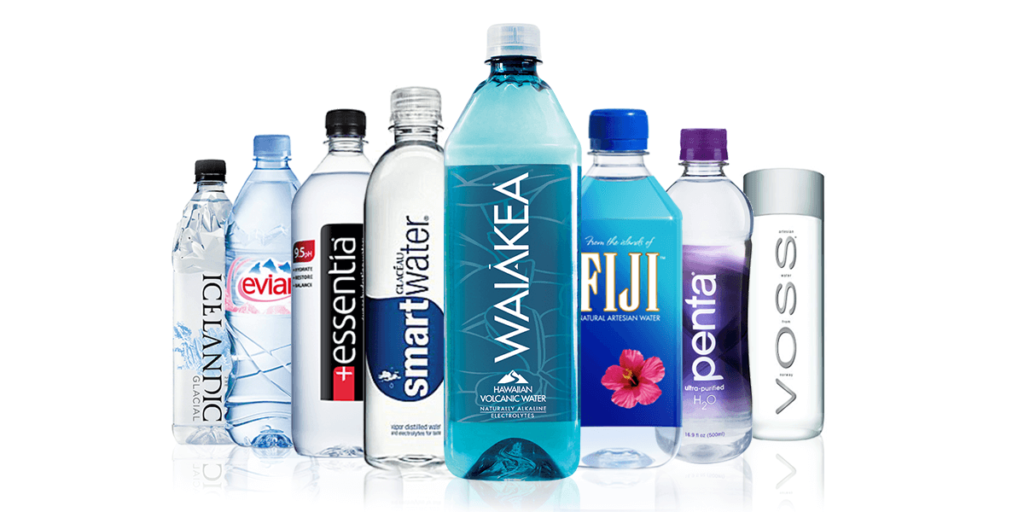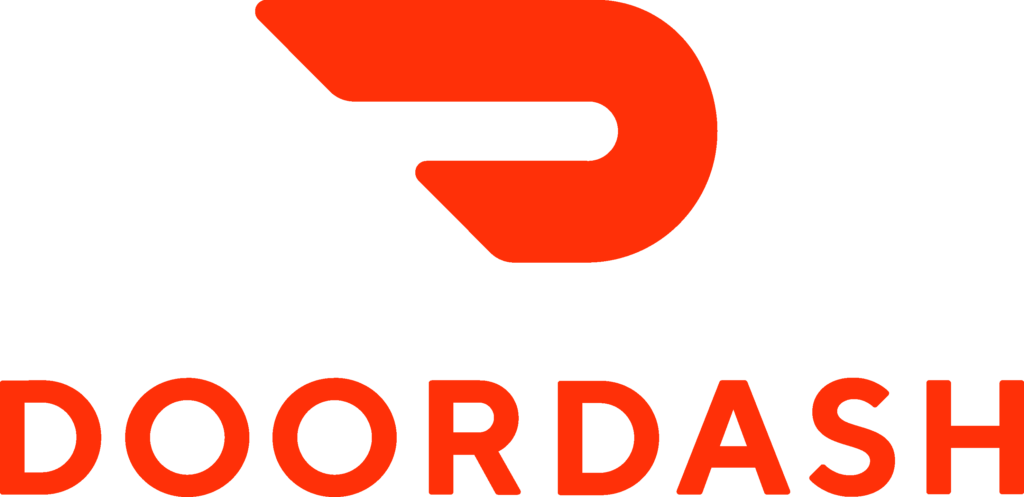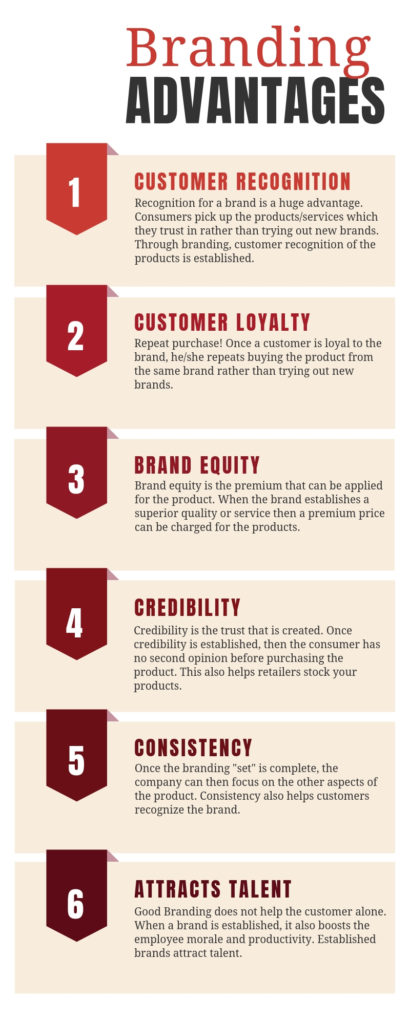
- Products
- Solutions
- Learn
- Partner
- Try Now
‘Branding’ still seems to be a fancy word, misunderstood by business owners. Entrepreneurs are confused with the following marketing concepts like PR, branding and advertising. With brands reaching out globally and digital marketing gaining importance, this blog is on ‘Building your Marketplace Brand’
What is Branding?
To understand this concept, let’s first define products and brands.
A ‘Product‘ is anything that solves the need or a problem in a market. It can be anything including experiences, services, physical goods, events, persons or places.
A ‘Brand‘ is a logo, theme, colour, term or any other feature that provides distinction from one seller’s product to another.
A brand is the perception of a user towards the company’s product/service. A brand is created not only by the physical (the shirt has a very soft texture) but also by the emotional aspects (the shirt gives me confidence).
A brand is the greatest asset of a company and is a lasting one. Coca-Cola and Pepsi almost taste similar but consumers are more connected to Coca-Cola than Pepsi.
To put it in a single word – “Branding” = “Differentiation”.
Let’s take “Water” for example. Water is the same everywhere and is a free resource available to everyone. But, companies where still able to sell it in plastic bottles which were possible through “Branding”.
Companies were able to create differentiation through their slogans, logo, symbol and name. Creating this differentiation is ‘branding’. You will notice that all the brands have different packaging, colour elements, name and logo.

The above image shows the different packaged bottle brands. The product in this scenario is the same (water), but through their packaging, tag line, logo and colour pattern each seller’s product is distinct from each other. Each of the brands is trying to create a unique perception in the minds of the consumers which is called ‘Brand Identity’.
Let’s take Online Marketplaces for example. The top four food delivery companies are Zomato, UberEats, DoorDash and FoodPanda. All these companies deliver food from the same restaurants but still differentiate themselves.
To ensure nobody has a bad meal

The easiest way to get the food you love delivered

Your favourite food just a call away

Your favourite restaurants – right at your door

The logos and tagline help brands create a distinct position in the minds of the customer, relative to the competition. Zomato started as a ‘Restaurant discovery service’. Their logo “The Spoon” symbolises the love for food and everyone who shares this passion. With the logo, tagline and name, Zomato wanted to be the first thought of the customer when he wanted to go out to eat.
Let’s look at some of the advantages of Branding and why do companies need to focus on Branding.

How to start building your Marketplace Brand?
The seven following steps will help you build a brand for your online marketplace.
1. Define your target audience
This is the first step of any marketing activity; you cannot be everything to everyone. Choose the segment that draws the maximum value from your brand and target them.

The key is to be very specific. Imagine your Ideal customer and build your audience persona; age, income level, level of education and marital status etc. Build your brand keeping in mind this target segment.
2. Research your competitors and build your positioning statement
Do a thorough research of your competitors and find out your space in the market. Analyse what they offer and what they don’t, identify how is your product better than the others. Once you complete your research, define your positioning statement.
The formula to write a positioning statement:
We offer {PRODUCT/SERVICE]} for {TARGET MARKET} to {VALUE PROPOSITION}. Unlike {THE COMPETITORS}, we {DIFFERENTIATOR}.
Eg. Jungleworks (On-demand Solutions)
We offer “On-demand solutions” for “business owners” to “take their business Online”. Unlike “Other Competitors”, we provide “easy-to-use, affordable and powerful mobile apps & website”.
3. Choose your brand name
Ideally, a brand name should be such that it is not easily imitable, easy to remember and creates no confusion with an existing brand. If you are looking to grow your business globally, make sure the name in a different language does not convey a wrong meaning.
Note: The same name will be used as your website URL, hence check the availability of the domain name before choosing the brand name.
4. Write your slogan
The slogan or tagline for the brand should be short, descriptive and catchy so that it can be used in all your company assets like business cards, twitter handle, website headline and social media pages.
Some examples of popular slogans are:
1. Nike – “Just do it.”
2. Redbull – “Redbull gives you wings.”
Slogans should be framed keeping in mind your target audience. Hence, slogans can change with the changing environment.
5. Logo
Logo just like the brand name is the first thing the consumer recalls when thinking of the brand.
Consider all the places your logo will go, on your website, social media pages and other company assets. Logos are the visual identity that can either make or break your company brand.
You can create an abstract logo, a mascot, emblem, watermark etc. The logo should be appealing to your target audience who will be carrying your products. The logo should also support your future goals like additions to your product line etc.
6. Be consistent
Consistency must be maintained across all the channels where your customers interact with your brand, from the theme to the customer service you provide. Trust and credibility are established over a long period, and brands must deliver what they promise.
Be it in social media to the after-sales service; the communication must remain the same.
E.g. Claiming “The easiest way to get your food delivered”, the company must make sure that from the ordering experience to the payment and the delivery should be seamless.
To get the best Ordering Apps & Website for your business, try Yelo.
7. Customer service
People these days expect two-way communication with the brand. To drive traffic to your Online Marketplace, customers should be “Involved In” your brand. Acknowledging and resolving customer queries is crucial for customer retention in your platform. The service does not end in selling; communication must be consistent even in after-sales support.
A product brand is rated from ‘Average’ to ‘Good’ only based on the service component that is attached to the product.
Branding for your company is the life and soul. As mentioned earlier, a brand is the greatest asset for your company. Building a brand, achieving customer recognition and credibility will drive success for the company.
Start building your marketplace brand with us at Yelo, the fastest way to take your business online.
If you enjoyed reading this, we’re sure you will also love checking out what we have in store on our Youtube channel. You can also head to our home page for more info!
Subscribe to stay ahead with the latest updates and entrepreneurial insights!

Subscribe to our newsletter
Get access to the latest industry & product insights.





















